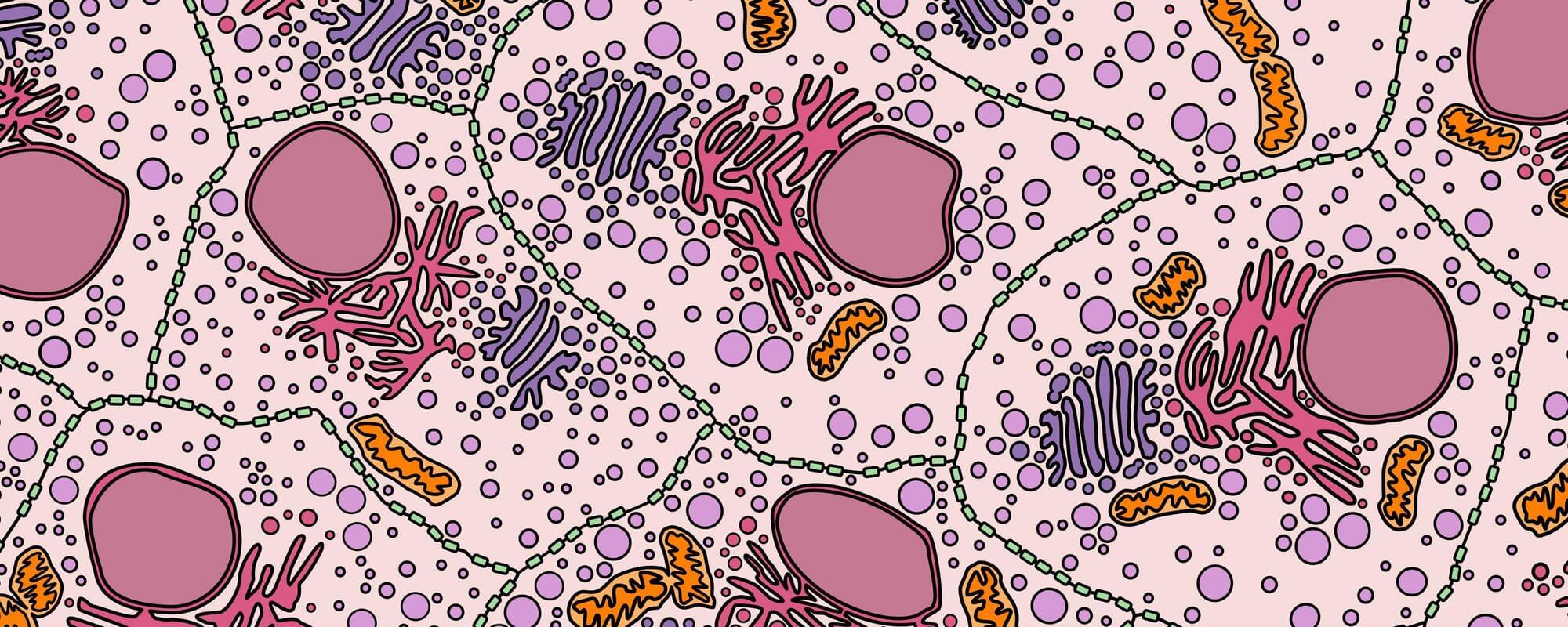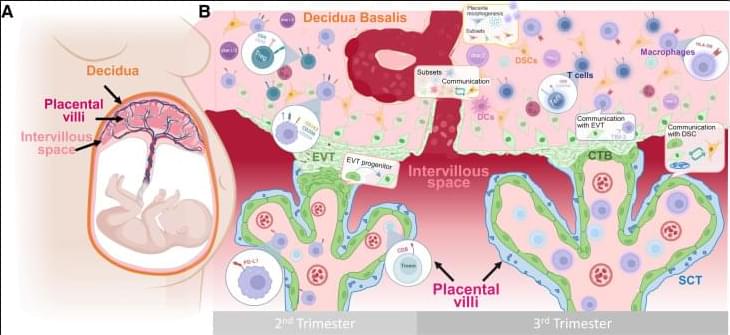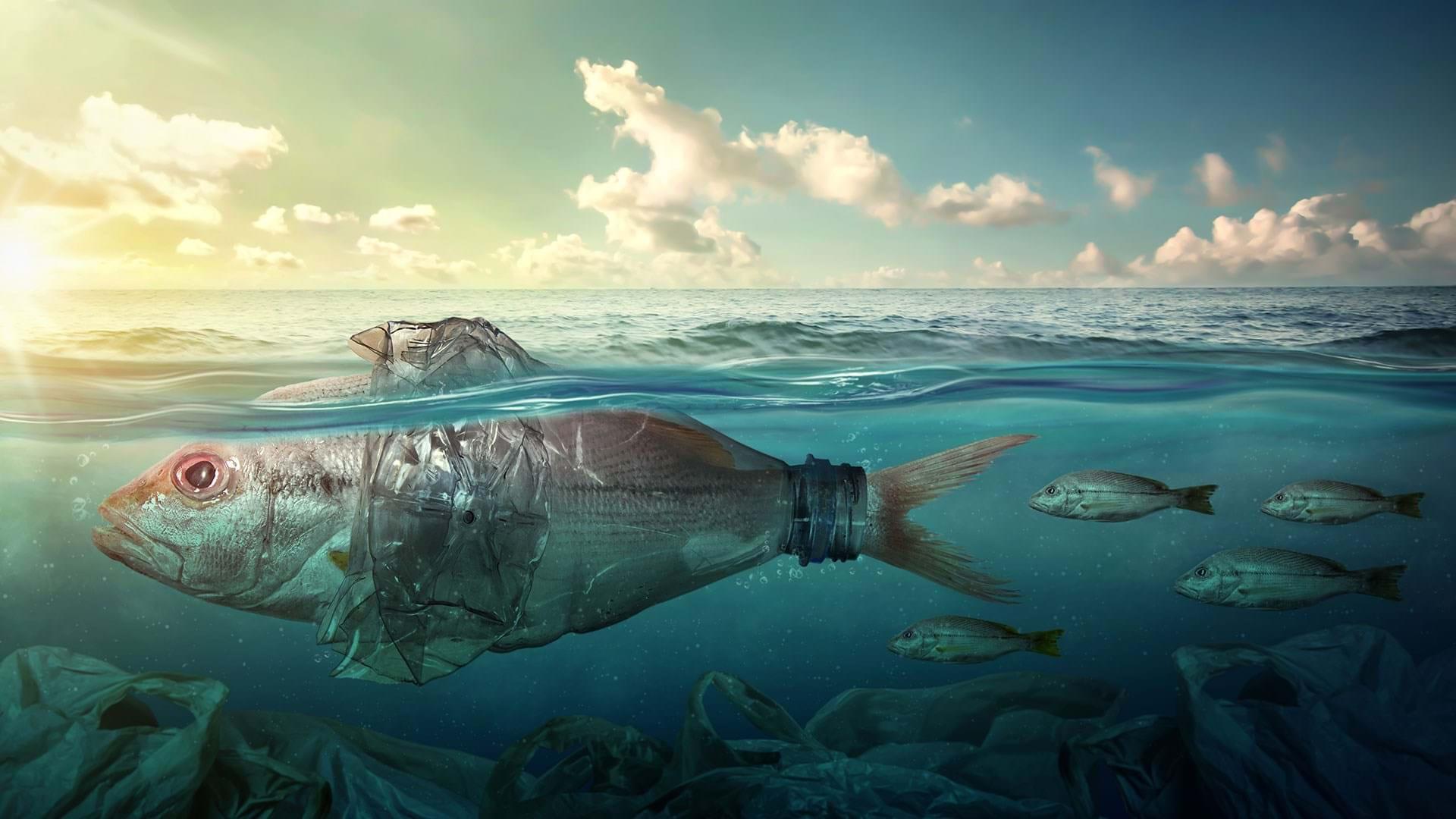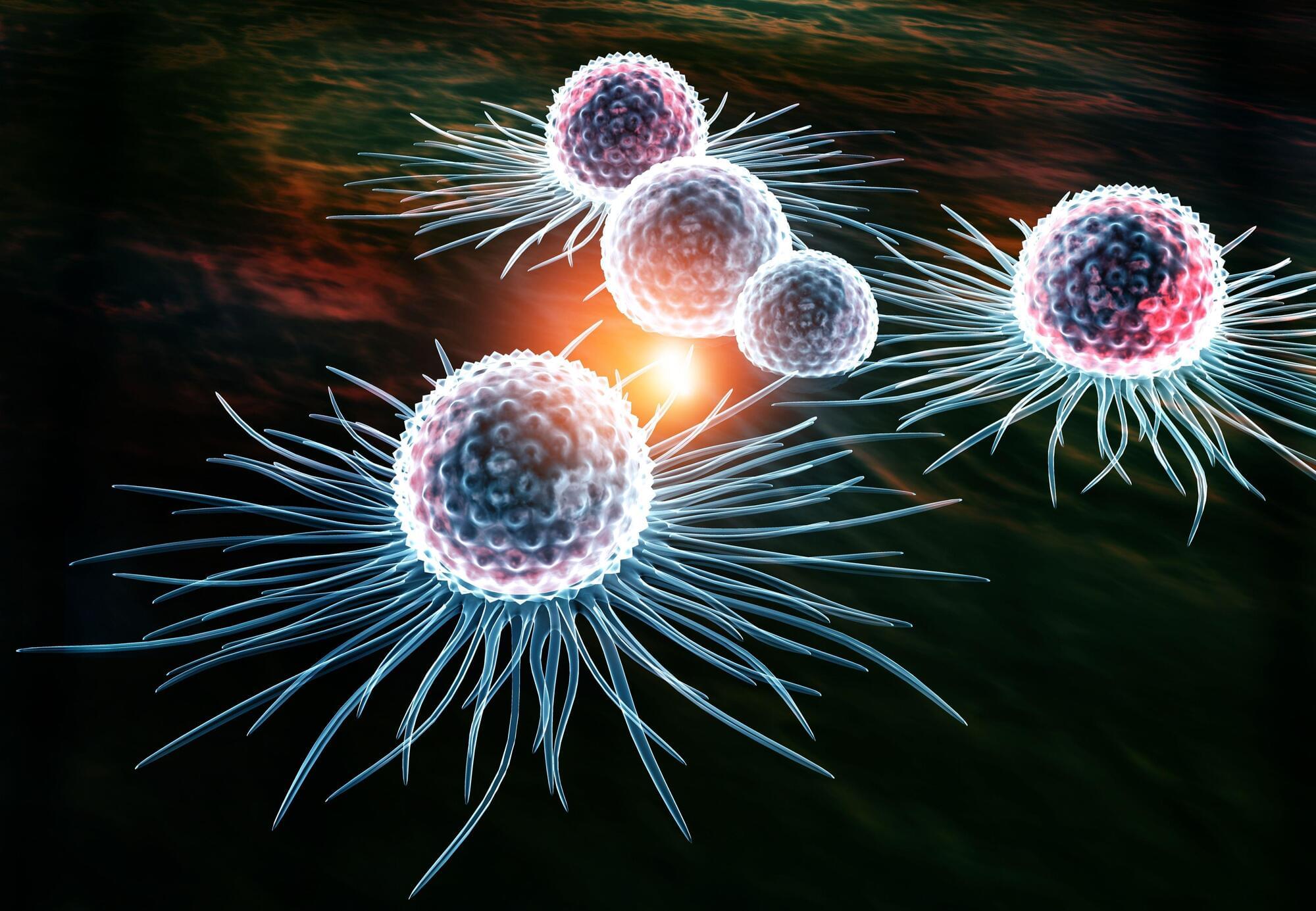My second installment of some interesting research papers that I have read over the past few weeks and would like to share with my community.




The maternal-fetal interface represents a critical site of immunological interactions that can greatly influence pregnancy outcomes. The unique cellular composition and cell-cell interactions taking place within these tissues has spurred substantial research efforts focused on the maternal-fetal interface. With the recent advent of single-cell technologies, multiple investigators have applied such methods to gain an unprecedented level of insight into maternal-fetal communication. Here, we provide an overview of the dynamic cellular composition and cell-cell communications at the maternal-fetal interface as reported by single-cell investigations.




AIs future may be limited not by chips, but by the power to run them. Eric Schmidt highlights how data centers fueling AI models are consuming record amounts of water and electricity, risking an environmental crisis. As big tech races toward superintelligence, the looming question is whether our energy grid can handle the load.

